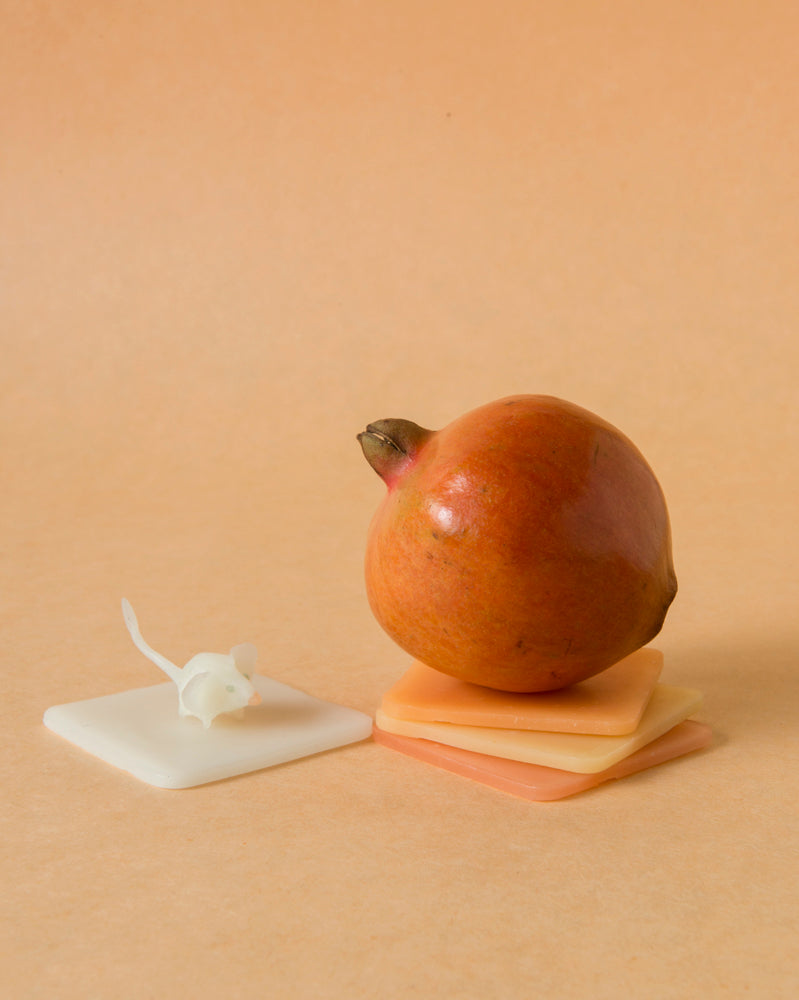
we’ve all noticed that kids today have WAY more toys than we ever did. and although an instinct, urge, need to pamper tells us to buy the newest, cutest, most fun toy on the market, perhaps its time we stopped to think about the impact of so many toys, and how else to fulfil our need to pamper.
too many toys
the hard truth is that children who get too many new toys won’t appreciate the n’th new toy they get – it’s simple diminishing marginal returns or adaptation – when exposed to something on a regular basis (even getting new toys), we adapt to it, and it isn’t as enjoyable, notable or interesting any more.
too many toys also run the same risk that hyper stimulating toys run. toys with too many bells, whistles, colours (even screens), can keep children riveted for hours due to the dopamine high they give the kids’ brains. but are the children “playing”, even if they’re with toys? these toys keep children’s brains in “passive” mode, as they entertain them… genuine play however happens when children’s brains are allowed to slip into “active” mode. too many toys can also trigger the same attention deficit, dopamine fix as children hop from toy to toy staying only for the novelty period, but moving on to the next toy when the novelty (dopamine) dips.
this is why after a few days or a couple weeks, most gifts end up shoved inside a cupboard or in some other corner, forgotten and collecting dust.
so what does one do?
unfortunately, there’s no one-size-fits all solution (yet). but with a few conscious decisions, the right sort of toys (more: play experiences) can come to take the place of bells, whistles and passive kids.
a few thoughtful toys is better than a whole lot
in an experiment, researchers observed 36 kids between the ages of 18 to 30 months over a session of individual free play. they found that the kids who were given more toys moved from one toy to the next in a distracted manner and engaged in less creative imaginative play. on the other hand, children who were given fewer toys, focussed longer on each toy and became more involved in imaginative play.
so rotate your toys, gift fewer toys, and allow one limited set to linger longer.
90% child, 10% toy
someone once said that a good toy is 90% child and 10% toy. in both montessori, waldorf and many other wise schools of thought, toys are deliberately minimal lacking the bells, whistles, bright colours and screens of their more entertaining counterparts.
the brain is lazy (we’ve seen this in our couch potato, feed scrolling selves). minimal toys kick the child’s imaginative brain into action. they have to complete the story, make “play” for themselves, and infuse the characters with life. gift them the tools to bring alive their imagination!
but sometimes they need inspiration
sometimes kids aren’t able to slip into imaginative play, or parents are hesitant to buy open ended toys because they tend to sit in a corner, tossed out for the bells and whistles.
while this needs a bit of bells and whistles pruning at the parents’ end, it’s also perhaps a case of the children needing some inspiration.
children are people, and like any of us they may have a creative block. so get in there yourself, sit on the floor and play with the toys, or make up a story with the toys as characters, and see their imaginations re-ignite.




Leave a comment